When hunting, the first shot you take at your quarry is critical to a successful hunt; Andrew Venables gives us advice on how to make that first shot count, every time
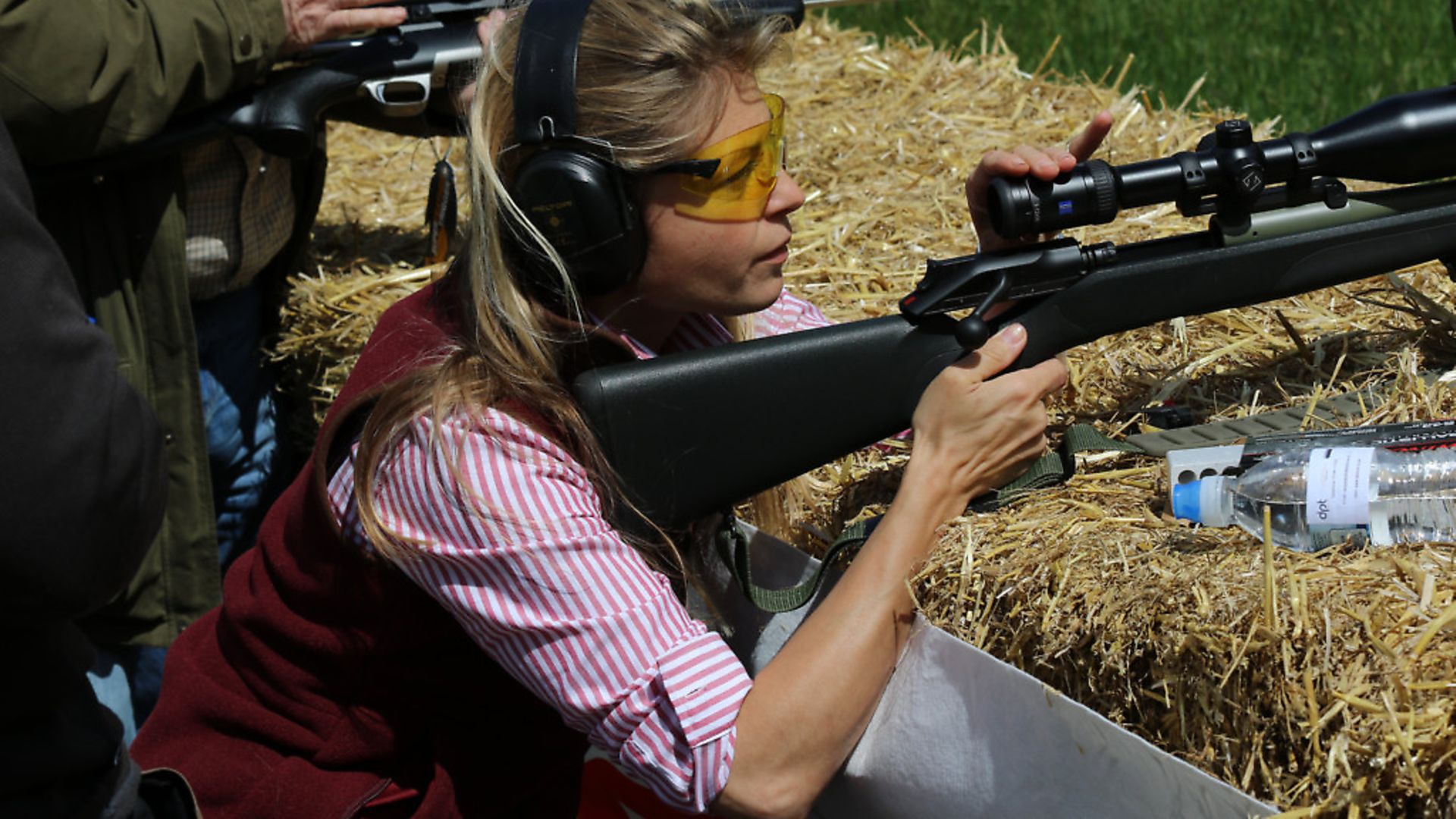 credit: Archant
credit: Archant
I have the privilege of spending my working days with a wonderful cross section of rifle shooters. At WMS Firearms Training, we work with complete novices, seasoned hunters, target shooters, tactical types and everyone in between. The one thing that unites us all is simple: we want the first shot to count.
Whether your definition of success is the X ring on a bullseye target, the vital zone of your quarry, or the clang you want from that distant steel plate, it’s all about the first shot. One of the main differences between the shooting mindset of men and women is made apparent when either hits the target with the second or subsequent shots.
The man will say, ‘Hell yeah, did you see me hit that at XX range?’ To which I will politely reply, ‘Yes.’ The woman, however, will likely respond to me saying, ‘Well done, you hit that,’ with ‘Hmm, but I missed it first time…’
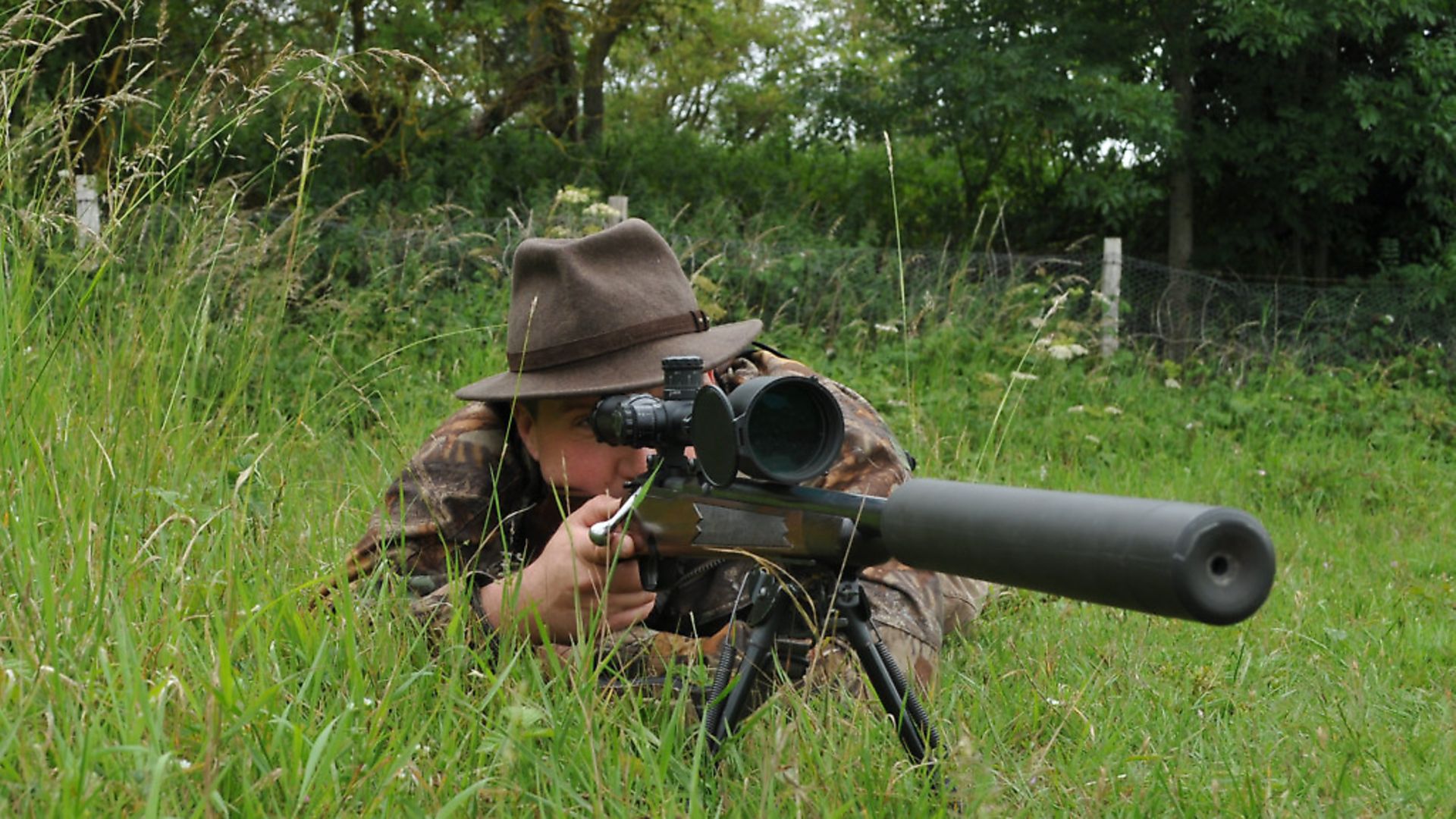 credit: Archant
credit: Archant
Us guys tend to cancel out all prior failure at the first sign of success. Women learn from every mistake. In truth, the best way to make the first shot count is to learn from every miss and improve the method applied.
The first thing to do to increase the chances of the first round counting is to get close enough to be operating within your comfort zone if the target has a pulse. Experiment on targets; keep it real with quarry. How close is close enough? Well, it is the range at which you can hit your mark every time from the position you have chosen. I can’t tell you how far this is because we’re all different. I know this varies, because we explore these limits every day at WMS. So practise until you know.
Next, we must ensure that the position is properly supportive of our rifle, which should be as steady as we can make it in the prevailing conditions. When in doubt, cheat. Use any prop you can carry to assist. My favourite props are quad sticks, Harris-type bipods and day packs, or rucksacks, with appropriate stuffing to aid rested positions. What are yours?
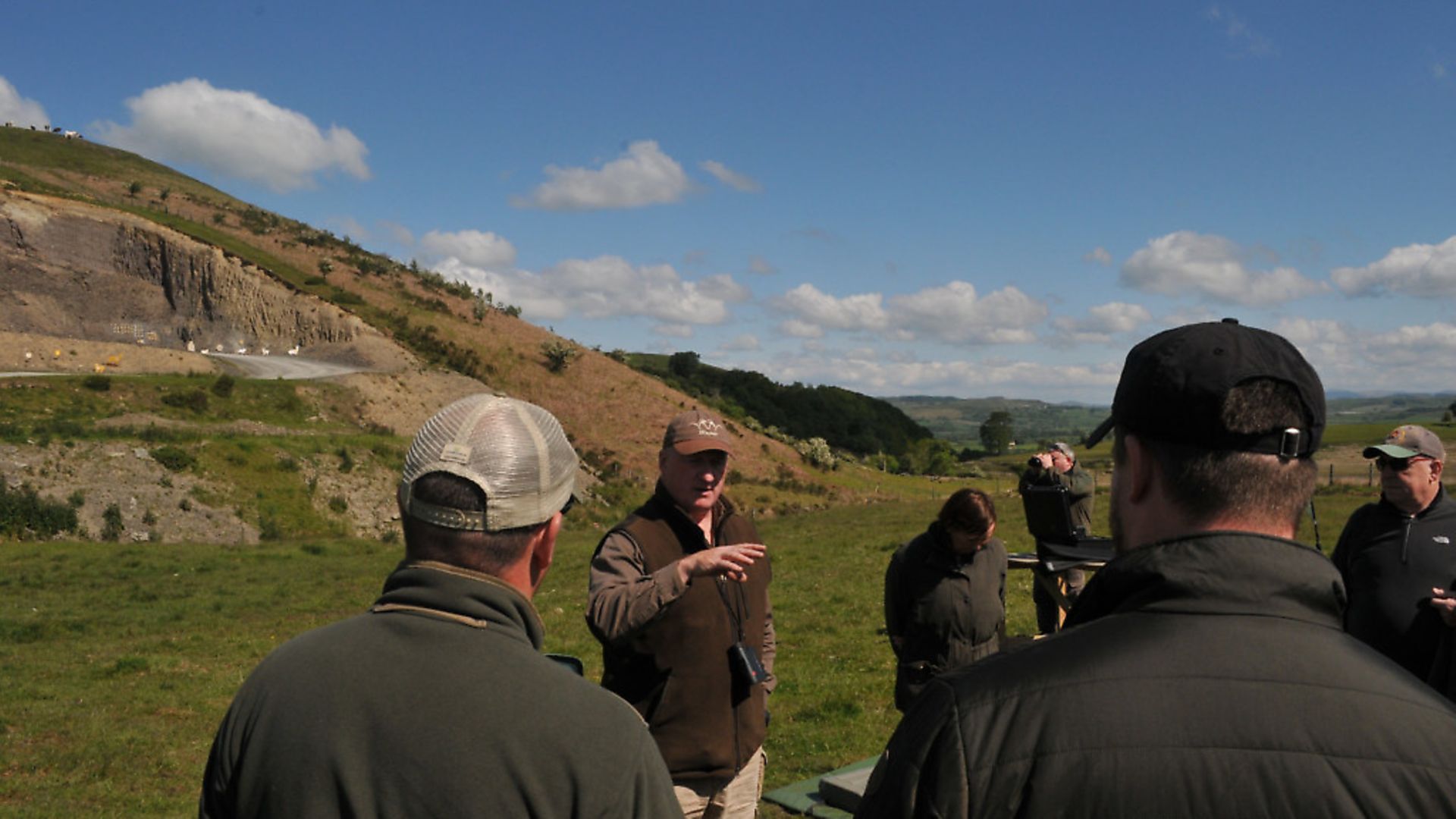 credit: Archant
credit: Archant
Breathing is necessary to life and also to checking if our shooting position allows us to point our rifle naturally at the target. When you are settling down, align your sights and breath in and out. This helps you relax, and if the sights simply drop down from perfect alignment and then rise back up to it, your position is good.
It helps if you put your chin on the top of the stock, and when aligning for the shot, slide your jawbone down the cheekpiece and keep your eyes level. At some point you will achieve perfect sight alignment and stock weld. Move your head backwards or forwards to eliminate any shadows or tunnel-vision effect – these induce parallax aiming errors.
The last detail in this phase of making the first shot count is to effect the discharge of the bullet without any undue movement. A proper grip on the pistol grip, stock and fore-end of the rifle overall is vital, as is using the centre of the pad of the index finger on the trigger. The sensation should be of squeezing the index finger and thumb together while the lower three fingers are gently squeezing the juice from a lemon. Conversely, a floppy hold or a strangle hold is likely to spoil the alignment at the moment of discharge.
 credit: Archant
credit: Archant
So, if we do everything our side of the end of the barrel to ensure the position is solid, the aim is true and the shot release perfect, what else can go wrong?
At shorter ranges, under 150m, the most common cause of bullet deviation is accidental impact with things you did not notice between you and the target. Scopes are generally a few inches above the barrel and unless on three power or less magnification, you won’t notice the rising ground, the peat hag, stone or fat thistle ready to meet your bullet.
If a bullet touches anything, especially something close to the shot origin, it will be destabilised and fail to arrive as intended. I have seen bullets strike targets lengthways and tumble after striking a small branch some five metres in front of the target. I have also seen a few spectacular ground strikes directly in front of rifles, due to the firer being oblivious to the position of the barrel in relation to the topography directly in front of them. I have been told about people shooting the bonnets of their cars through the same basic error.
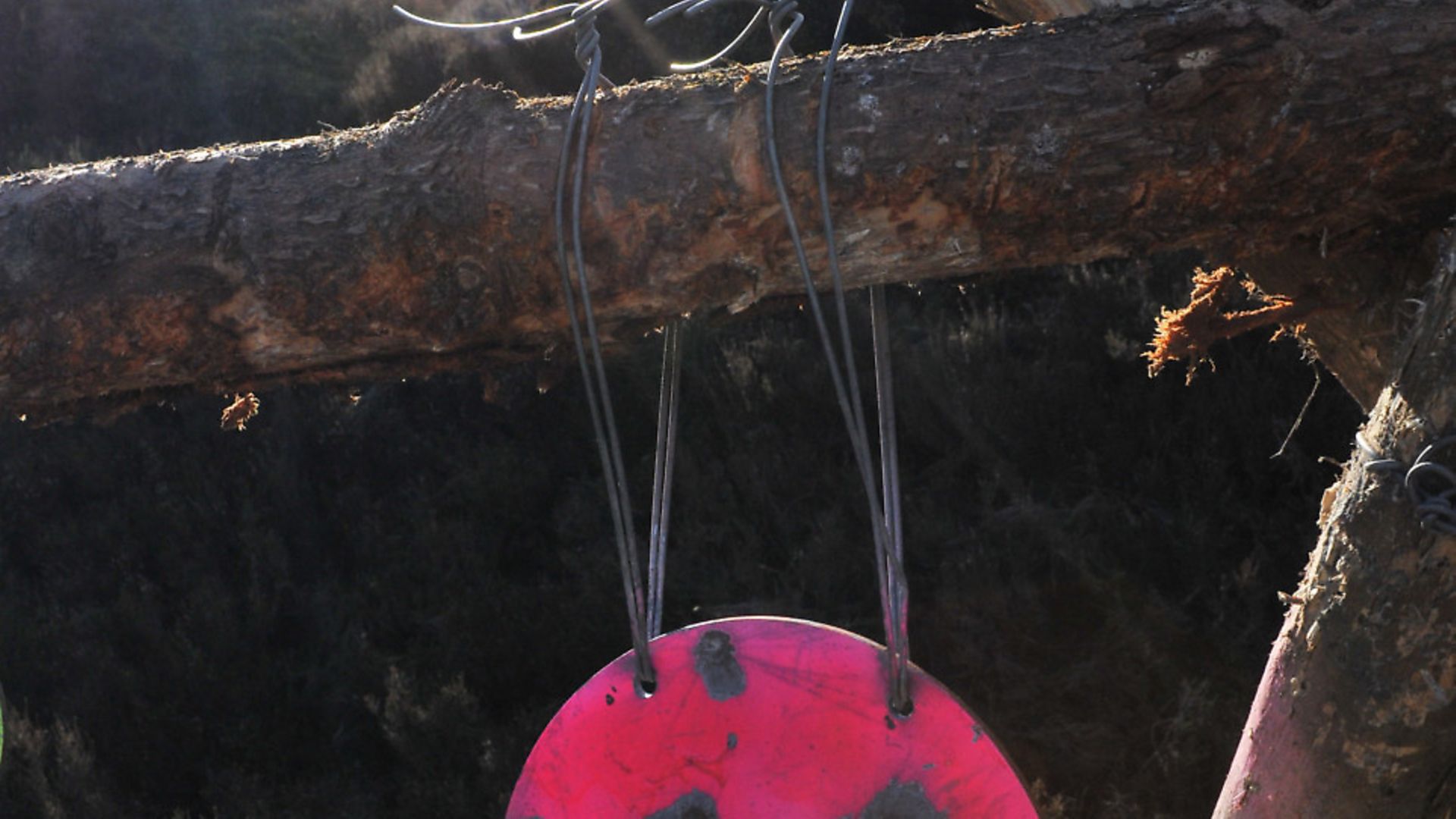 credit: Archant
credit: Archant
Check the barrel is clear of obstructions on the firing point and use the scope to check the target is clear of foliage and branches along the flight path of the bullet.
Range-wise, when using regular stalking rifles with hunting-type telescopic sights, the point-blank zero method is the simple system most likely to ensure first-round lethal shots on game. You must consider the vital zone of your quarry, perhaps six centimetres on foxes, 10cm on small deer and around 15cm on our larger deer. These figures assume the central part of the heart/lung area is best for bullet placement. Whichever of these sizes you go for, take half of the measurement and sight your rifle in to shoot that amount high at 100m.
Why? It’s simple: using any deer-legal calibre between .243 and .30-06, you will actually hit the vital zone of your quarry anywhere between 0-175m on the smaller ones and 0-225m on the larger ones. Check this using a simple white paper plate. Draw the measured circle in the centre, aim at the centre and you should hit somewhere between the top, middle and bottom with any shot fired within the distance. Someone shooting a fast magnum calibre may stretch things a little further; someone shooting a classic 8x57JS may need to deduct 25m.
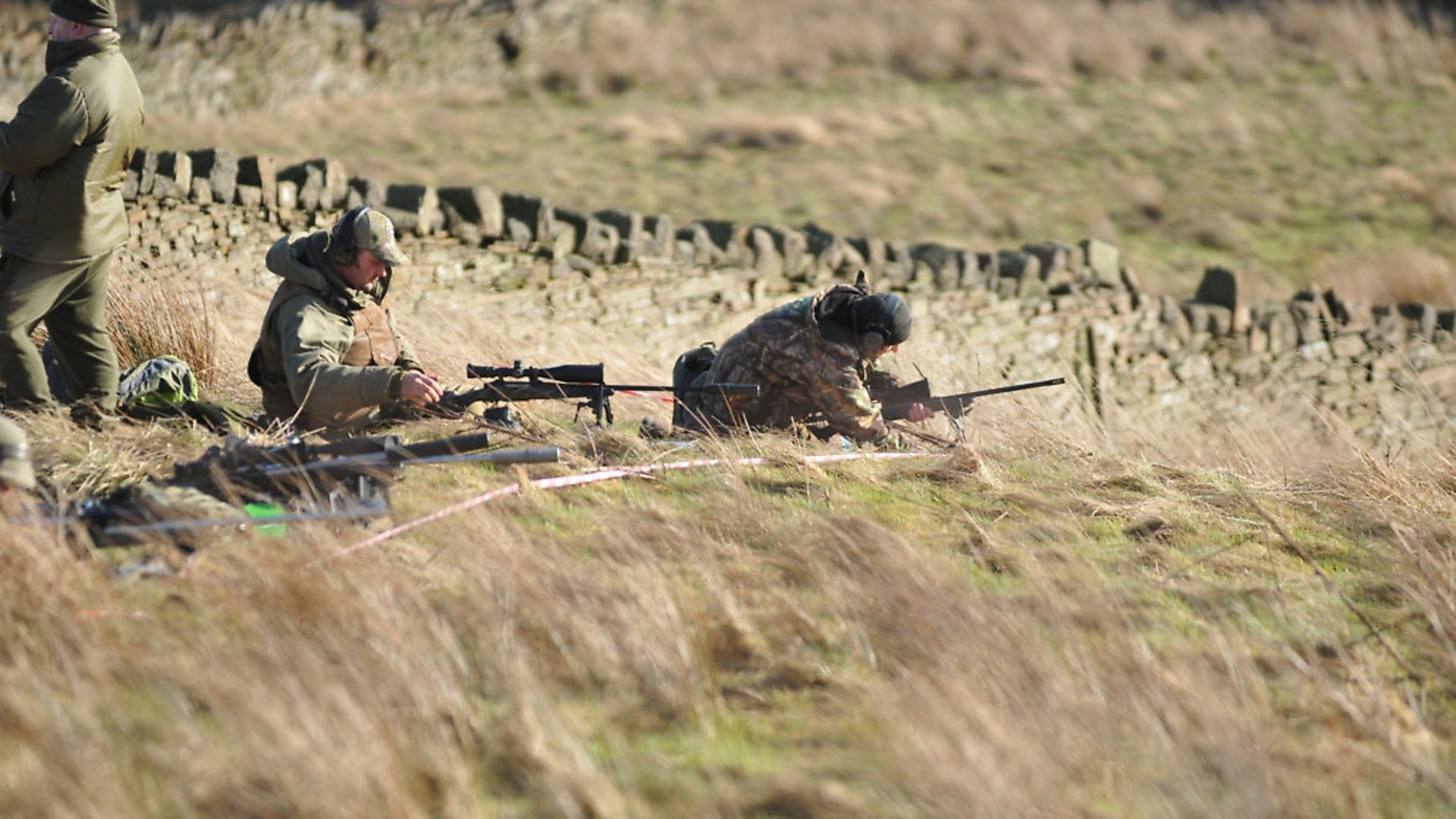 credit: Archant
credit: Archant
Target shooters will need the appropriate notes from past shooting days on elevation to compare with the various ballistic solutions and drop charts available. When I was target shooting way back in the 70s, it was comparatively rare for the two sighting shots allowed to hit smack in the centre. That’s why they call them sighting shots, which are always allowed in competition. This speaks volumes for the perfect first-shot capability of the average target rifle shooter.
If range is not the issue, as we have drop charts, ballistic solutions, a phone full of apps and rangefinders accurate to within 1m at 1,000m, why don’t we always hit bang-on with the first shot?
It’s all about the elephant in the room… wind. Together in the room with the elephant we also have atmospheric pressure, air temperature, the temperature of the ammunition, the altitude, the humidity and even the oft -quoted Coriolis effect. But these are all just mice playing at the feet of the elephant. It’s about the wind, folks.
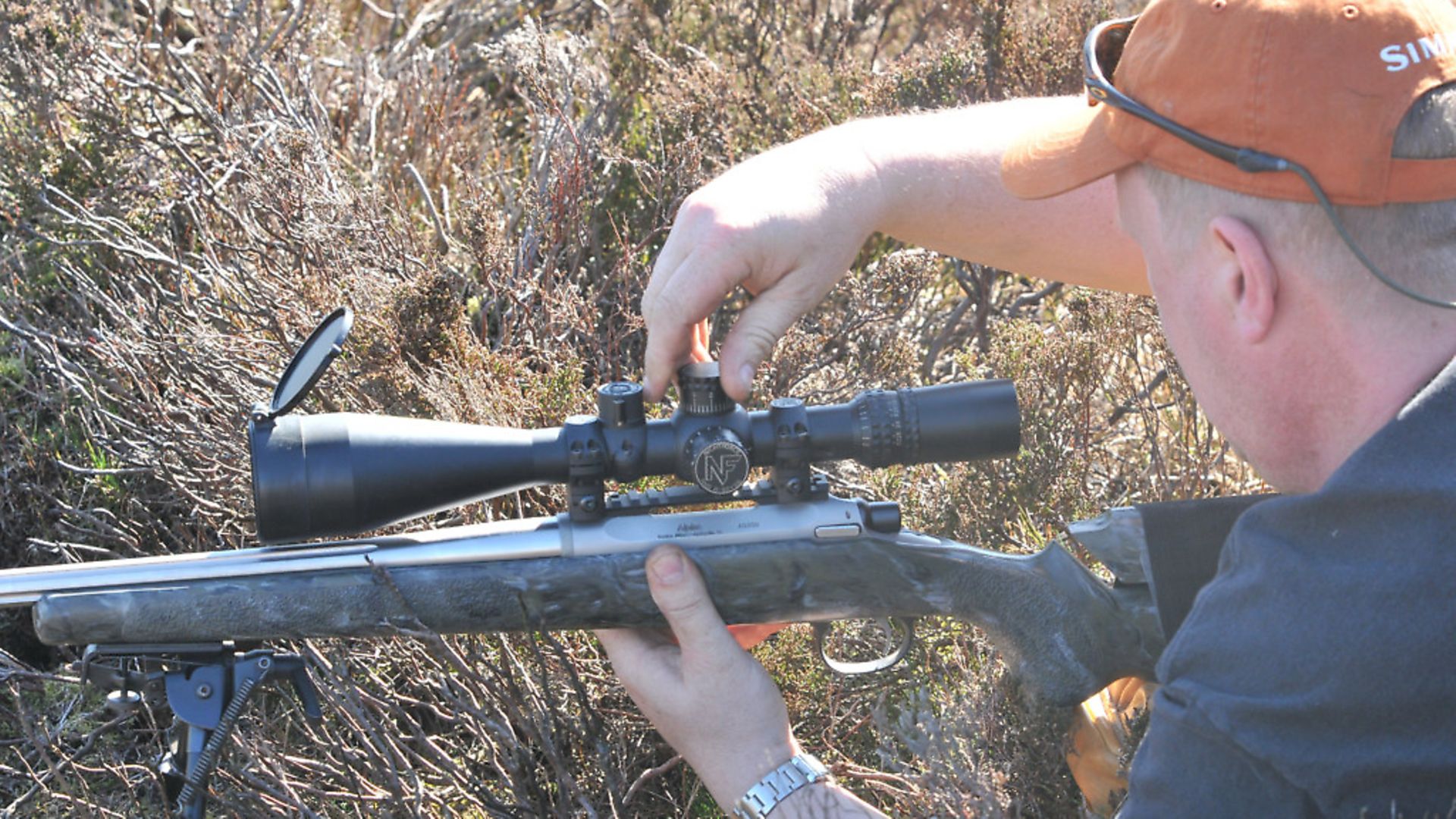 credit: Archant
credit: Archant
The best and most experienced people can judge wind to perhaps three to six kilometres per hour on a good day. The wind direction is also critical and constantly changing. Your anemometer measures the wind next to you when you hold it up in the air. By the time you have altered your scope and settled down it has changed again. The wind between you and the target can change direction two to three times when shooting at 1,000m.
Draw a clock face and look at it. Imagine you are at six o’clock and the target is at 12 o’clock. Winds which blow between two and four o’clock, and eight and 10 o’clock are your friends; they vary from 90-100% deflection value and simplify the dark art of wind judgement. Winds blowing between 10 to two o’clock, and four to eight o’clock are the enemy. They show 0-50% variation left to right and make a difficult job almost impossible at times. As an instructor I have to embrace chaos when the winds blow in the latter quadrants. It’s like flipping a coin between a guess and an act of faith in trying to master what is happening at the moment, let alone predict what might happen next.
Putting all this together on a relaxed firing point when shooting at steel targets is great fun, very educational and highly rewarding. But you will need a sense of humour for the whipping the elements can hand out in the hills. This is how you learn when to shoot, where to aim, taking into account wind deflection, and when not to shoot at all.
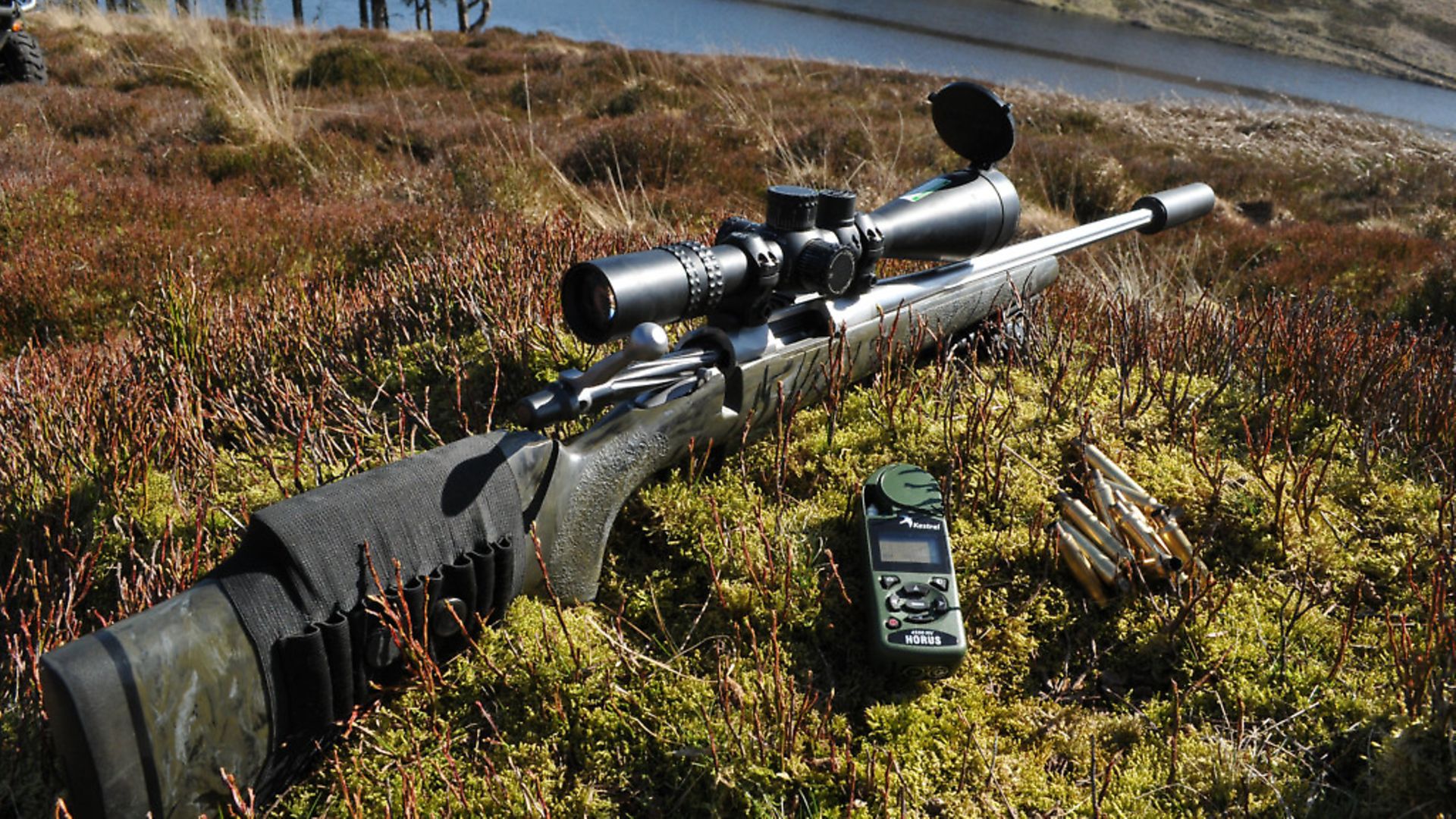 credit: Archant
credit: Archant
Trying to put all of this together when all your focus needs to be on the movements of a fast and nervous quarry and making the shot is often impossible. This is why I firmly believe everyone should recognise that when the first shot must count, you need to keep things simple and realistic. You don’t get two sighting shots then 10 that can count when you are hunting. You must make the first shot count… then reload just in case.
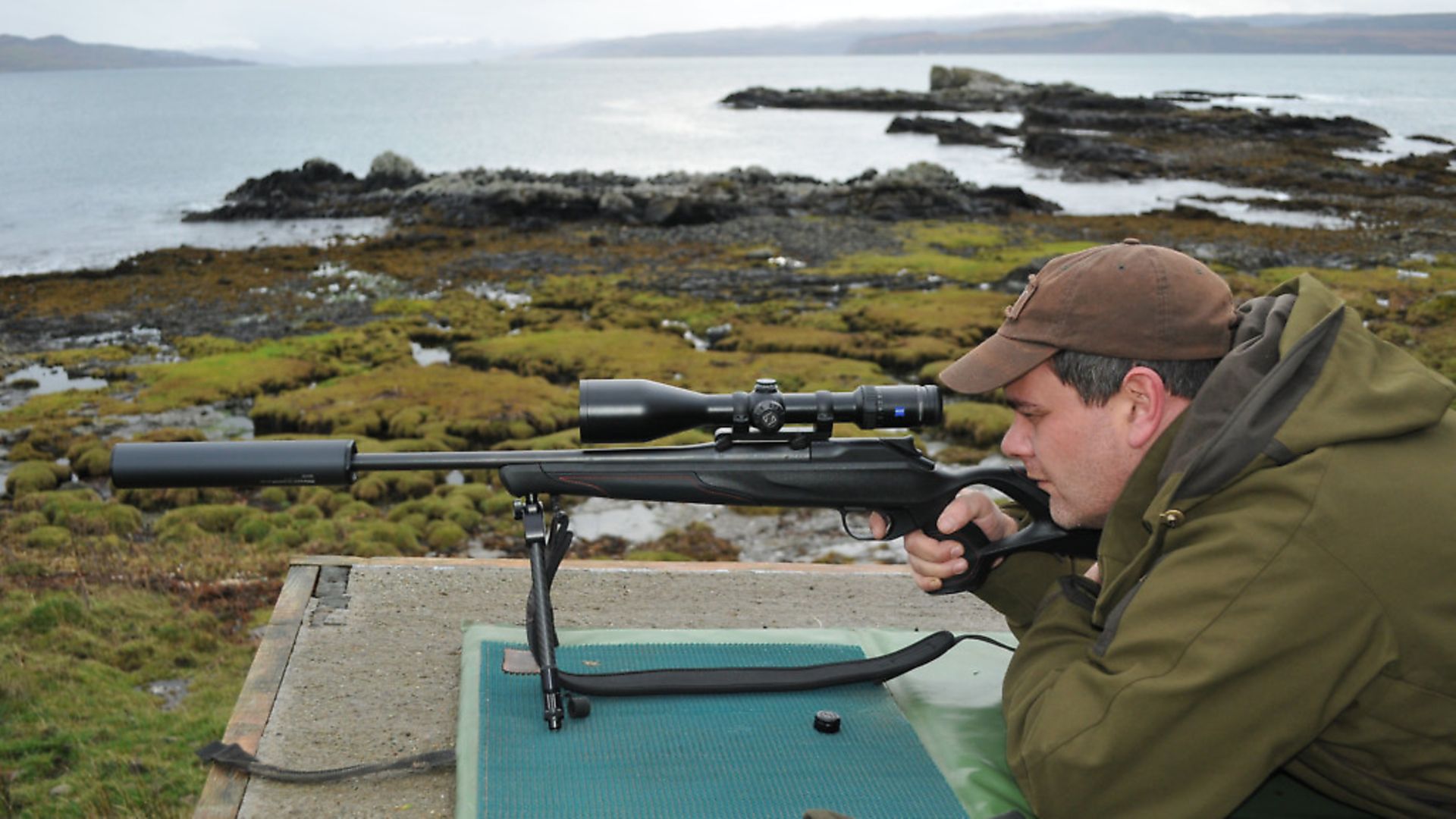 credit: Archant
credit: Archant